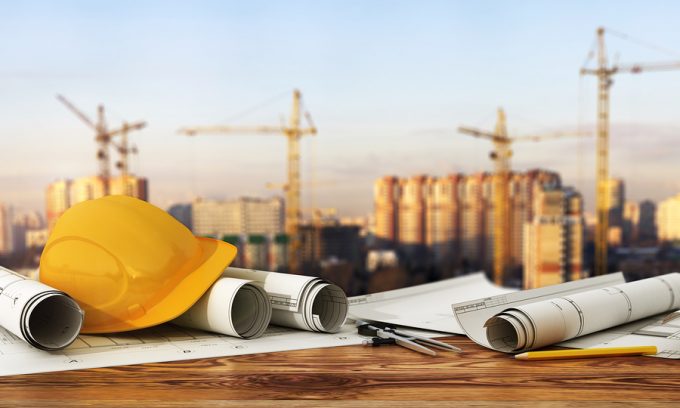How to Get Paid in Construction When Subcontracted

It can be tricky to get paid on time for a business within any industry, however the construction industry is an entirely different ball game when it comes to getting paid. Sub-contractors in particular can often bear the brunt of poor payment practices within the construction industry, and often lack of knowledge can make the situation worse.
Small firms are often employed by larger contractors under a sub-contract agreement that they don’t fully understand, and once this is accepted there is very little wiggle room for a sub-contractor. These contracts are often the same as the main contract in what is known as a ‘back to back agreement’ so that the terms for the main contractor also apply to the sub-contractor.
How to get paid in construction:
- You need to know whether you have to submit invoices or an application to get payment.
- You also need to know when your application or invoice needs to be submitted to the main contractor, which is usually a specific date each month. If you are late submitting, your payment will be delayed by a month. Therefore, its important to ask for a payment schedule, and when the dates expire on that payment schedule, make sure you request a revised schedule.
- Understand the payment terms you are under; are they a set number of days from date of invoice or application? When is the ‘payment due date’ and the ‘final date for payment’?
- Some agreements will stipulate the need for a VAT receipt once payment has been certified, make sure you are aware of this if your agreement does; this is submitted directly to the main contractor for payment immediate.
- Be aware of HMRC’s revers VAT scheme for construction and abide by those rules.
- Are you CIS registered? If not and your works fall under HMRC’s CIS scope, you may have 30% of the labout or all your works deducted from any payments.
- Applications for payment are a breakdown of all the works undertaken; this is submitted to the main contractor, who then as a set number of days to review and either confirm or dispute the values states, if you do not receive a ‘pay less’ notice.
- Some agreements will allow you to receive payment each month, whilst some will only allow for payment upon completion of work, these payments are often called ‘interim payments’ or ‘milestones’.
- Ensure you are aware of any retentions that will be held back; this is often fixed at 5% whilst work is carried out and reduced to 2.5% once all the work is completed (Practical Completion) not just your works. These retentions are held by the main contractor for usually twelve months, following this an invoice should be raised, when the Making Good Defects certificate has been issued by the Architect or Principle, apply for payment of the retention quicky as some main Contractors see Retention as their additional profit.
The main thing you need to remember when being employed as a sub-contractor is to make sure you fully understand your contractual liabilities before agreeing to the contract and take steps to mitigate any risk during performance of the contract.
Understanding your responsibilities in relation to payment of variations, extras and day work as well as applying/invoicing your work can drastically reduce the amount of time it takes you to get paid. If you are still finding it difficult to receive payment for works carried out (and you have indeed stuck to your requirements) I always find that persistence will pay off the majority of the time, keep contacting the Quantity Surveyor to confirm your work has been certified and then the accounts department for a payment date. It is useful to remind the main contractor of their contractual date to pay you; if you don’t receive payment then consider giving formal written notice to remove labour from site and consider adjudication.
All contracts should comply with the ‘Construction Act’ which used to refer originally to the Housing Grants, Construction and Regeneration Act 1996 (now called the old Act) as amended by the Local Democracy, Economic Development and Construction Act 2009 (now called the New Construction Act). Only a relatively small part of these Acts relates to construction. However, that small part is extremely important to anyone providing sub contract in the construction supply chain and seeking payment.
Our team has a great deal of experience of credit management within the construction industry; take a look at our outsourced collections service to see how it could help your business.
